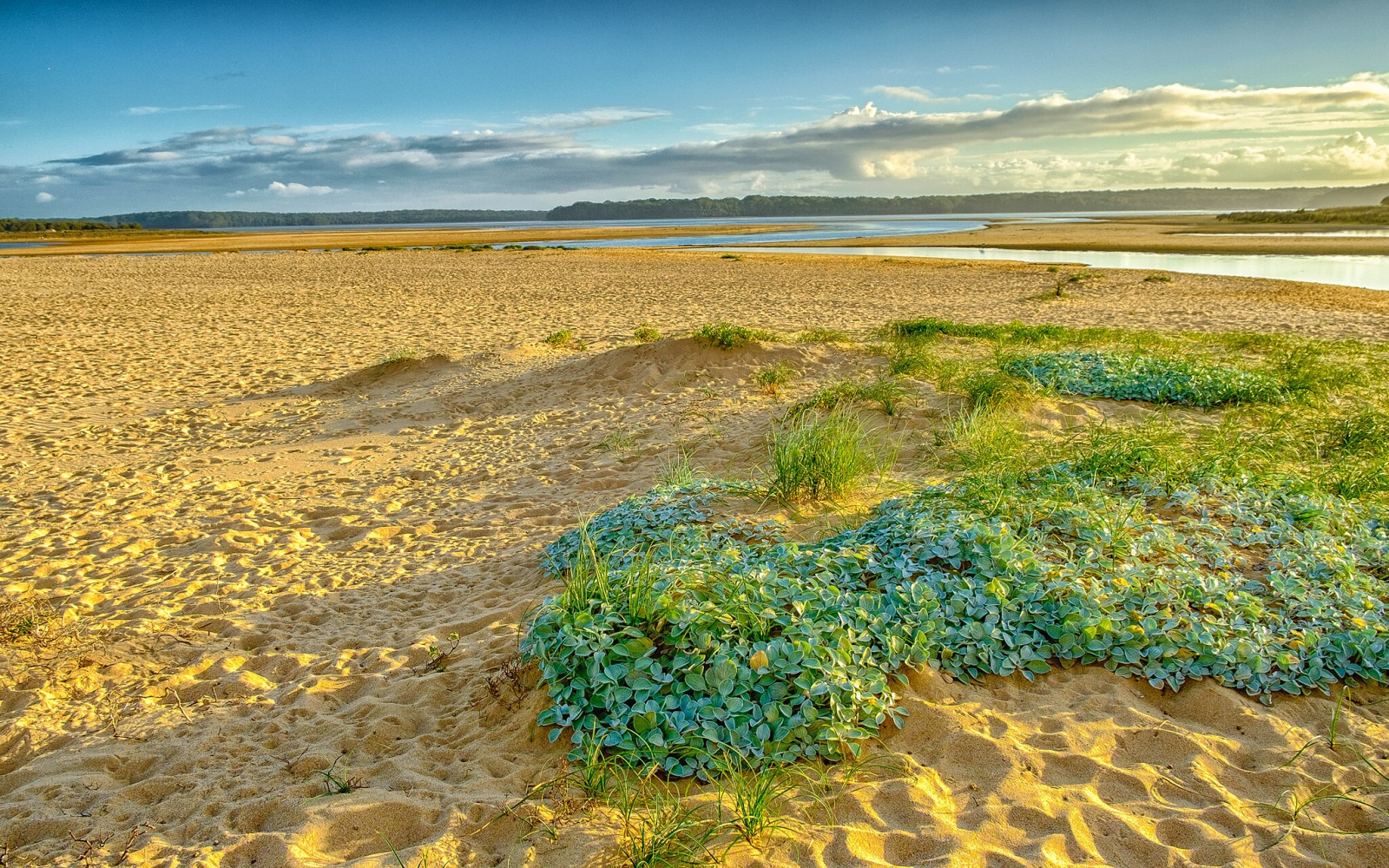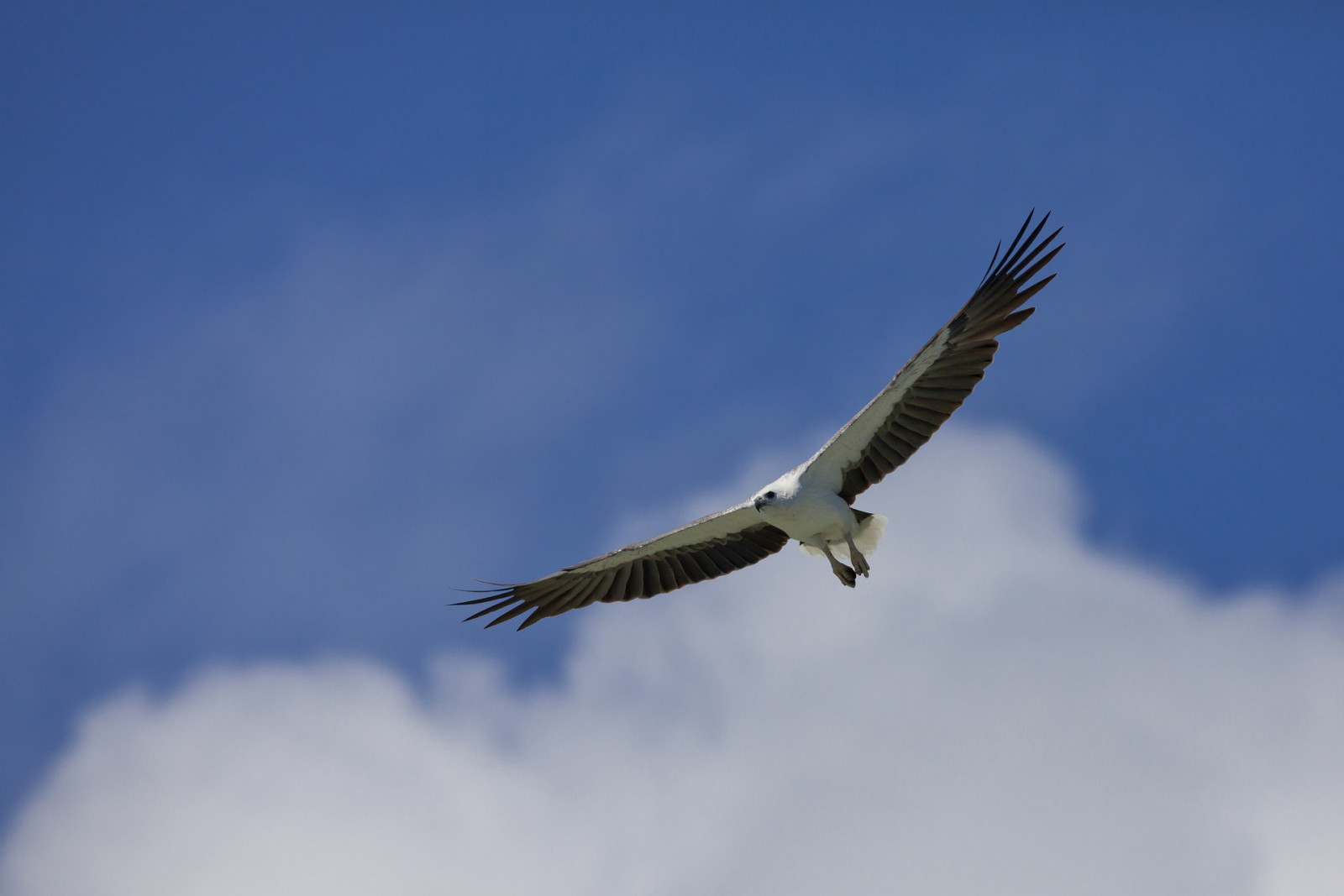Descrição
Lake Wollumboola and the natural, undeveloped parts of its catchment are conserved as part of Jervis Bay National Park and the lake listed as a Wetland of International Importance under the Ramsar Convention. The lake has also been identified by BirdLife International as an Important Bird Area (IBA) because it often supports over 1% of the world population of Black Swan, especially in drought years, as well as of Chestnut Teal.
Lake Wollumboola is renowned for the diversity of birdlife it supports, with over 100 species, as well as large numbers with up to 20,000 individual birds counted on occasions when lake levels are low. The diversity of habitats for feeding, breeding, roosting and shelter is extraordinary. All year round you are likely to see Red-capped Plover on the sandbar, water birds including waders, ducks, egrets and fish-eating birds such as cormorants and raptors including White-bellied Sea-Eagle. During spring and summer, migratory shorebirds such as Little Tern and waders, including Bar-tailed Godwit and Curlew Sandpiper visit, especially when lake water levels are low.
The lakeside park is located at the end of The Lake Circuit where you will find access to the lake, its sand bar, the eastern shore wetlands and Warrain Beach. This is the best access point for observing migratory birds including nesting Little Tern during summer.
Detalhes
Acesso
Lake Wollumboola is located on the NSW South Coast between the Shoalhaven-Crookhaven River estuary to its north and Jervis Bay to its south. Turn off the Princes Highway just south of Nowra at Kalandar St and follow the road signs to Culburra Beach. The area has car park, picnic area, toilets, lookout and interpretive signage. Click on the P in the map for directions or coordinates.


